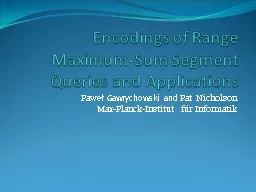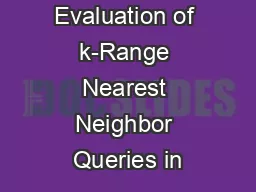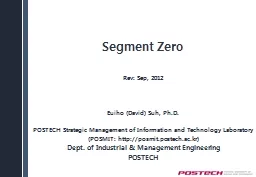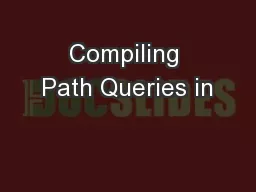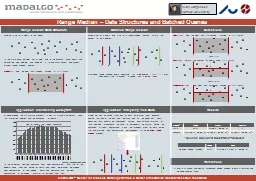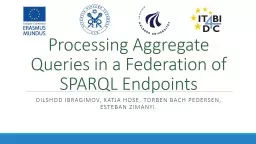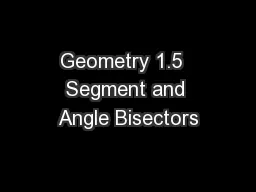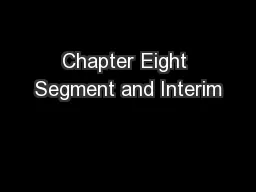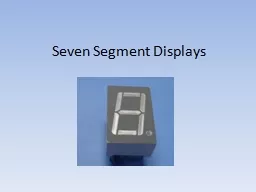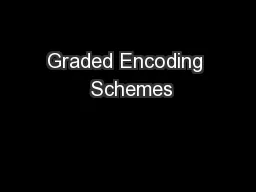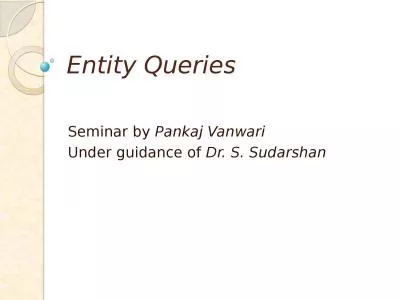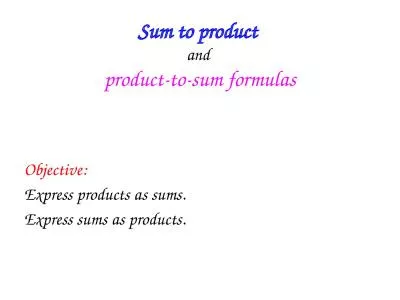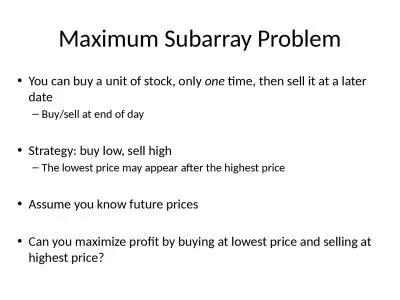PPT-Encodings of Range Maximum-Sum Segment Queries and Applicat
Author : aaron | Published Date : 2017-09-05
Pawe ł Gawrychowski and Pat Nicholson University of Warsaw MaxPlanck Institut für Informatik Range Queries in Arrays Input an array Preprocess the array
Presentation Embed Code
Download Presentation
Download Presentation The PPT/PDF document "Encodings of Range Maximum-Sum Segment Q..." is the property of its rightful owner. Permission is granted to download and print the materials on this website for personal, non-commercial use only, and to display it on your personal computer provided you do not modify the materials and that you retain all copyright notices contained in the materials. By downloading content from our website, you accept the terms of this agreement.
Encodings of Range Maximum-Sum Segment Queries and Applicat: Transcript
Download Rules Of Document
"Encodings of Range Maximum-Sum Segment Queries and Applicat"The content belongs to its owner. You may download and print it for personal use, without modification, and keep all copyright notices. By downloading, you agree to these terms.
Related Documents

